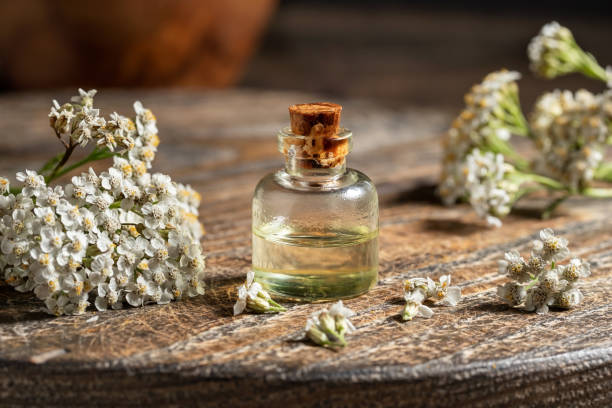Unveiling the Therapeutic Potential of Aromatherapy: A Breath of Fresh Air for Wellness
Ever caught a whiff of a particular scent that instantly transported you back to a cherished memory or invoked a strong emotional response? That's the power of smell, and it's the driving force behind a health practice that's gaining significant traction: Aromatherapy. Beyond just pleasant fragrances, could these aromatic compounds hold the key to enhanced wellness and balanced health?

Unraveling the History of Aromatherapy
Aromatherapy, or essential oil therapy, has been part of human culture for thousands of years. Ancient civilizations, from Egypt to China, utilized aromatic plant components for health benefits, religious rituals, and cosmetics. However, the term “aromatherapy” wasn’t coined until the 20th century by French chemist and perfumer René-Maurice Gattefossé. After experiencing the healing powers of lavender oil on a burn, Gattefossé dedicated his life to exploring the therapeutic potential of essential oils, effectively laying the groundwork for modern aromatherapy.
The Science Behind Scent
The science of aromatherapy hinges on our olfactory system—the complex neural network responsible for our sense of smell. When we inhale an essential oil, the volatile aromatic molecules travel up our nasal cavity to the olfactory bulb, which communicates with areas of the brain involved in memory and emotion. This is why scents can evoke strong emotional responses and influence mood.
Moreover, research suggests that certain essential oils may have physiological effects. For instance, lavender oil is renowned for its calming properties, and studies have shown it can reduce anxiety and improve sleep quality. Conversely, citrus scents like lemon or orange are uplifting and can boost energy levels.
Aromatherapy in Today’s Wellness Landscape
Aromatherapy has found a place in contemporary wellness practices, from spa treatments to stress management strategies. It’s used in various formats—diffusers, massage oils, bath products, or even personal inhalers. While it’s not a cure-all, aromatherapy is viewed as a complementary tool to promote relaxation, boost mood, and enhance overall well-being.
However, it’s important to approach aromatherapy with caution. Some people may have allergic reactions to certain oils, and not all oils are suitable for every situation. For example, some oils, like rosemary, can increase blood pressure and heart rate and should be avoided by people with heart conditions.
Unlocking the Aroma: Key Wellness Tips
- Always dilute essential oils with a carrier oil before applying to the skin to prevent irritation.
- If you’re new to aromatherapy, start with a simple diffuser and a few basic oils like lavender, peppermint, and lemon.
- Never ingest essential oils without professional guidance. While some oils are safe for topical use or inhalation, they may be toxic if swallowed.
- Experiment with different oils and scents to find what works best for your needs and preferences.
- As with any wellness practice, consult with a healthcare professional before starting aromatherapy, especially if you’re pregnant, nursing, or have any medical conditions.
Conclusion
Aromatherapy provides a unique and pleasurable approach to wellness, marrying the art of fragrance with the science of health benefits. While it won’t replace traditional healthcare, it can certainly play a supportive role in promoting relaxation, improving mood, and enhancing overall well-being. As we delve deeper into the world of wellness, it’s enlightening to revisit ancient practices like aromatherapy and rediscover their contemporary relevance. So go ahead, take a deep breath and let the aroma lead your path to well-being!




